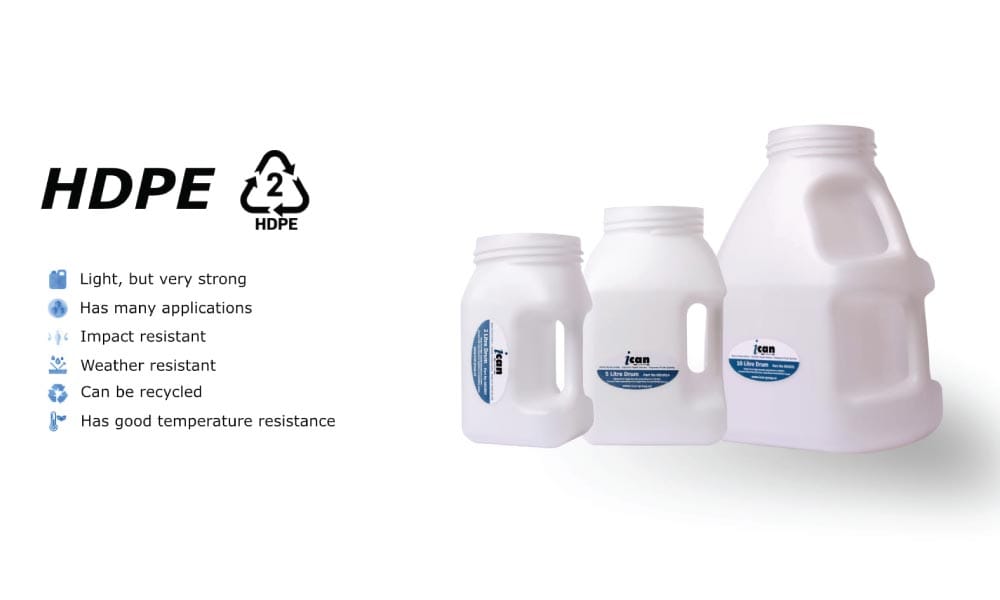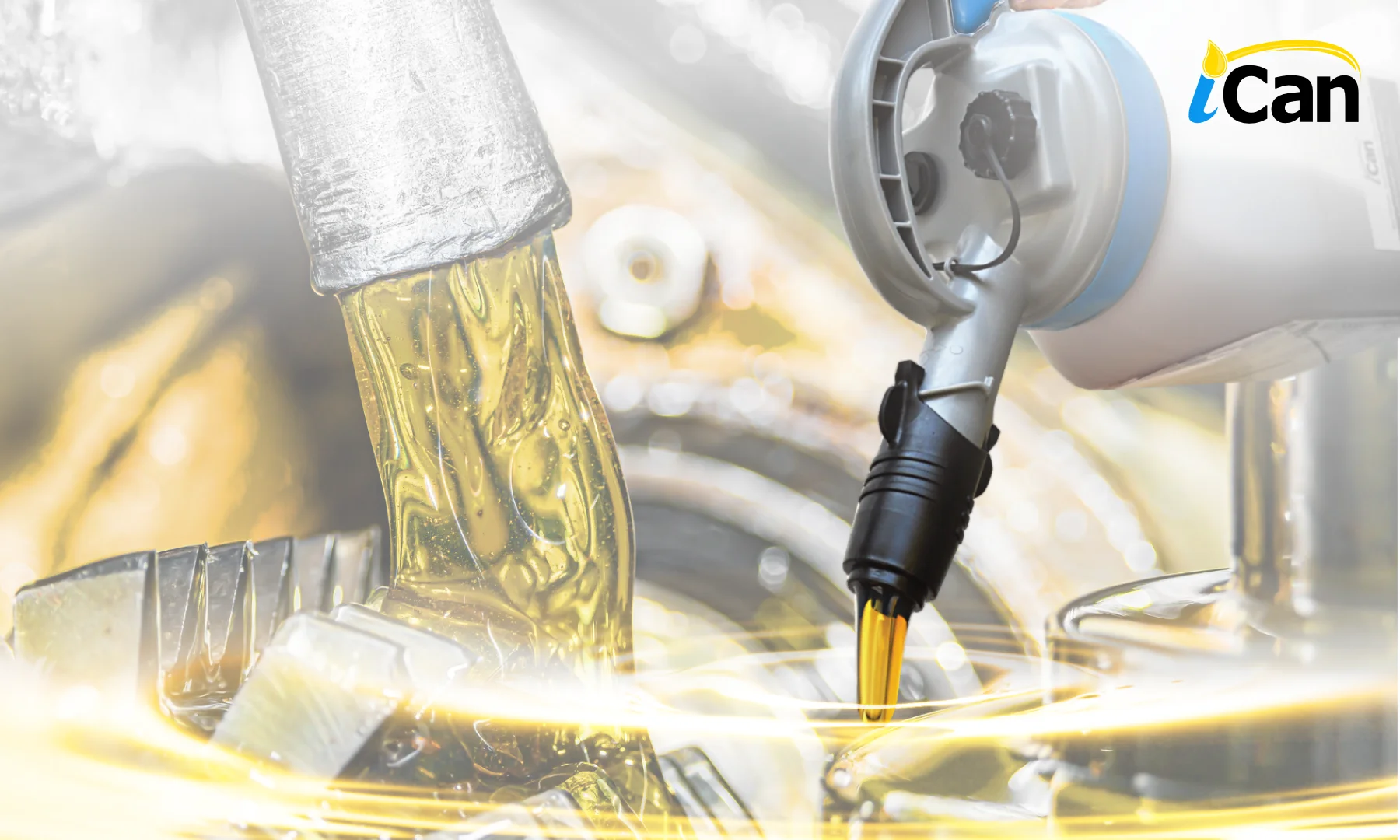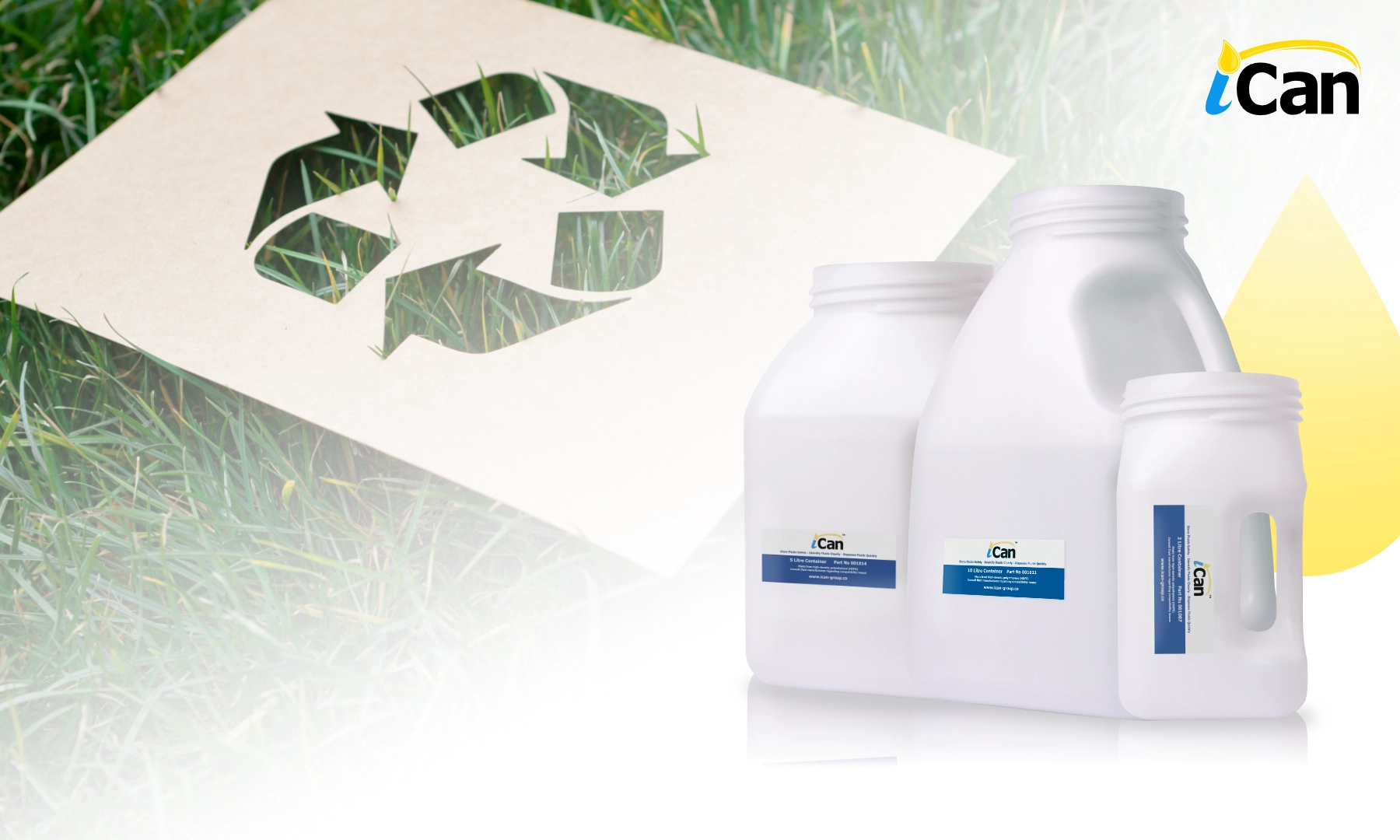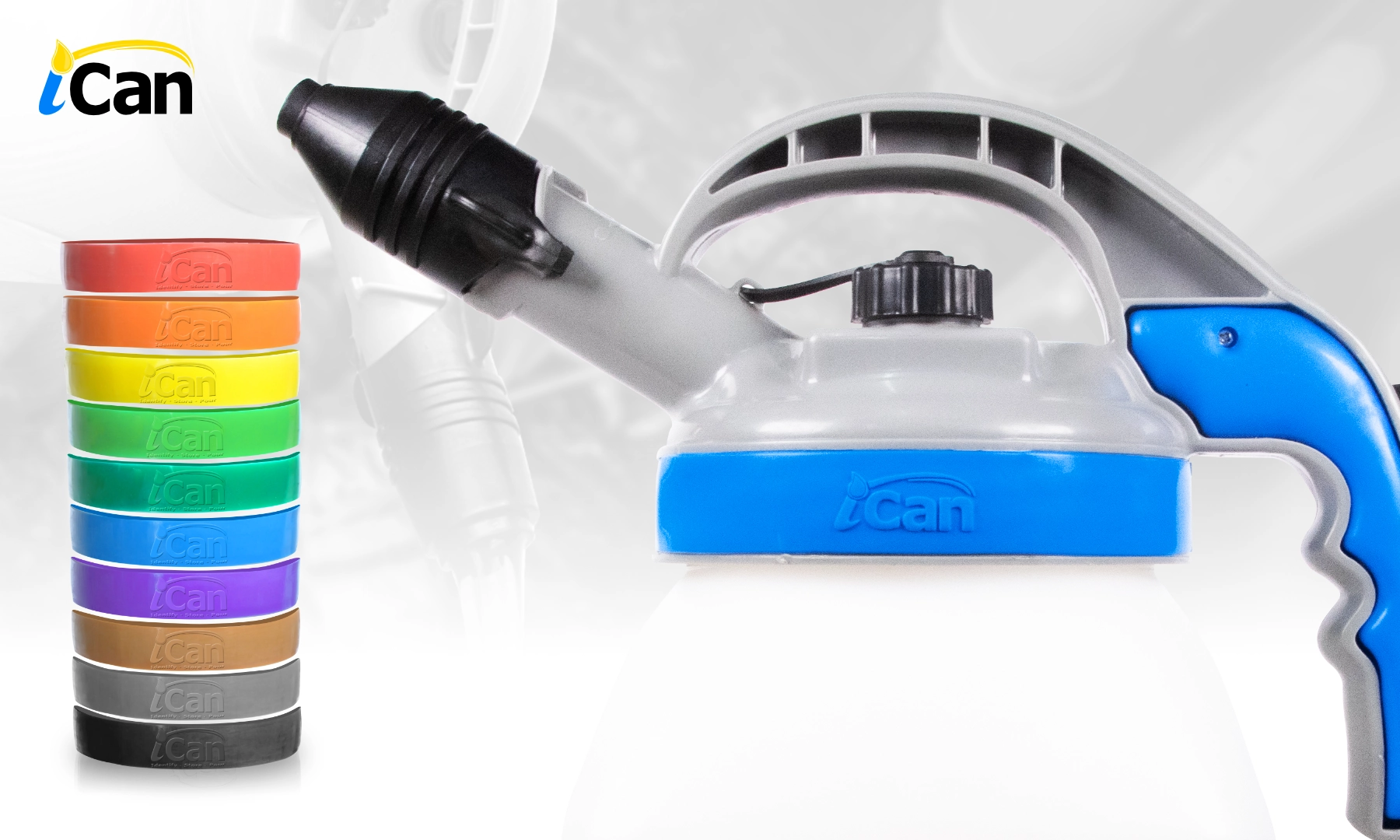HDPE, or High-Density Polyethylene, is one of the most widely utilized polymer materials in modern industries. Produced by polymerizing ethylene gas, HDPE features tightly packed molecular chains, granting it excellent mechanical properties such as high tensile strength, remarkable impact resistance, and resistance to a broad range of chemicals. In this article, we will thoroughly discuss HDPE plastic, highlighting its technical advantages, and explore its essential industrial applications, emphasizing its importance in construction, automotive, food and beverage, and packaging sectors.
Technical Advantages of HDPE Plastic
HDPE’s popularity is closely tied to its unique set of properties and technical advantages, including:
- Strength and Durability: HDPE’s dense molecular structure provides superior strength and resistance to physical impacts, pressure, and heavy loads. Products made from HDPE maintain integrity under harsh conditions, minimizing the risk of breakage or failure.
- Chemical Resistance: HDPE is highly resistant to corrosive substances like acids, alkalis, solvents, and detergents, making it an ideal choice for storing industrial chemicals and household cleaning products.
- Lightweight yet Strong: Despite its impressive strength, HDPE is significantly lighter than traditional materials like metals and glass. This favorable strength-to-weight ratio reduces transportation and handling costs, enhancing operational efficiency.
- Temperature Stability: HDPE maintains its structural integrity across a wide temperature range, from approximately -100°C to 80°C. It neither becomes brittle under cold conditions nor excessively softens under moderate heat, making it suitable for diverse environmental applications.
- Waterproof and Corrosion-Resistant: HDPE does not absorb moisture and remains unaffected by corrosion, unlike metals or concrete. This makes it highly suitable for outdoor applications like pipes, tanks, and geomembranes.
- Food-Grade and Hygienic: HDPE is safe for food contact (food-grade approved), does not leach harmful substances, and is resistant to microbial contamination, making it popular in food and beverage packaging.
- Flexible and Easy to Manufacture: HDPE’s thermoplastic nature allows it to be molded into various shapes through methods such as injection molding, blow molding, and extrusion. Its versatility in production results in diverse product applications.
- Cost-Effective: Due to abundant raw material sources and efficient production processes, HDPE is relatively economical, making it an attractive choice for industries aiming to reduce manufacturing costs without sacrificing quality.
- Recyclable and Environmentally Friendly: HDPE is among the most recyclable plastics, designated with recycling resin code ♶ (number 2). Its recyclability contributes significantly to circular economy initiatives, reducing plastic waste and environmental impact.
HDPE Applications in the Construction Industry
In construction, HDPE’s strength, durability, and resistance to environmental elements make it invaluable:
- Infrastructure Piping: HDPE pipes are used extensively for water supply, sewage systems, gas distribution, and irrigation due to their flexibility, corrosion resistance, and ease of installation. HDPE pipes do not rust, ensuring longevity and reducing maintenance costs.
- Geomembranes and Geosynthetics: HDPE geomembranes are crucial in landfill liners, preventing groundwater contamination. Geosynthetic products, including geotextiles and geogrids, are used in road construction for soil stabilization, increasing structural lifespan and performance.
- Building Components: HDPE is increasingly used in rainwater harvesting tanks, septic tanks, roofing membranes, and plastic lumber for decks and benches, significantly improving durability and reducing maintenance.
HDPE in the Automotive Industry
Automotive manufacturers rely on HDPE for lightweight, durable, and chemically resistant vehicle components:
- Fuel Tanks: HDPE has become the preferred material for vehicle fuel tanks, replacing metal tanks due to its chemical resistance, reduced weight, corrosion resistance, and ability to conform precisely to complex vehicle designs through blow molding.
- Vehicle Parts and Accessories: HDPE is used in vehicle components like battery covers, interior panels, fender liners, and reservoirs for washer fluid and coolant, due to its resistance to automotive fluids, impacts, and temperature variations.
- Protective Coatings: HDPE is used as protective underbody coatings, preventing corrosion and damage from road salt, debris, and moisture, thus extending vehicle longevity.
HDPE in the Food and Beverage Industry
HDPE’s safety, hygiene, and chemical stability make it essential in the food and beverage industry:
- Packaging Bottles and Containers: Commonly used for milk jugs, juice bottles, cooking oil containers, and water dispenser bottles, HDPE packaging maintains product integrity, does not contaminate contents, and withstands transportation stresses.
- Kitchen Equipment: HDPE cutting boards are popular due to their hygienic properties, durability, and ease of cleaning. Containers for food storage, industrial bulk food bins, and crates for food transport also frequently employ HDPE.
- Reusable Packaging: HDPE crates, bins, and pallets used for transporting food and beverages withstand cold storage conditions and heavy loads, ensuring efficient logistics and food safety compliance.
HDPE Applications in the Packaging Industry
HDPE is crucial for packaging diverse products due to its chemical resistance, strength, and light weight:
- Chemical and Cleaning Product Containers: HDPE bottles for detergents, bleaches, shampoos, and household cleaners provide safe, leak-resistant packaging that prevents chemical interaction with contents.
- Drums and Large Containers: Industrial drums made from HDPE safely store chemicals, pharmaceuticals, and food ingredients, resisting corrosion and impacts during handling and transport.
- Films and Heavy-Duty Bags: HDPE films and bags, including shopping bags and garbage bags, offer high strength and puncture resistance, ideal for heavy-duty use.
- Pharmaceutical and Medical Packaging: HDPE bottles protect pharmaceuticals and supplements from moisture, contamination, and UV exposure, meeting stringent pharmaceutical packaging standards.
- Transport and Storage Solutions: HDPE pallets and containers ensure effective, hygienic transportation and storage of goods in logistics centers and warehouses, providing long-term cost benefits.
In conclusion, HDPE plastic holds significant importance across multiple industrial sectors due to its unique blend of efficiency, durability, and sustainability. Its capacity to resist chemicals, temperature extremes, and environmental degradation while remaining lightweight and cost-effective has made it indispensable.
Whether it’s infrastructure projects requiring durable piping solutions, automotive manufacturers pursuing fuel efficiency and safety, or the food industry ensuring product integrity and hygiene, HDPE consistently delivers performance and value. Moreover, its recyclability and contribution to the circular economy further enhance its attractiveness as a sustainable material choice for the future.
HDPE’s continued adoption and innovation across industries reinforce its critical role in supporting operational efficiency, environmental sustainability, and economic effectiveness, making it one of the most important materials used in modern manufacturing and industrial processes.




